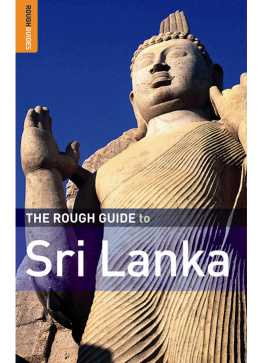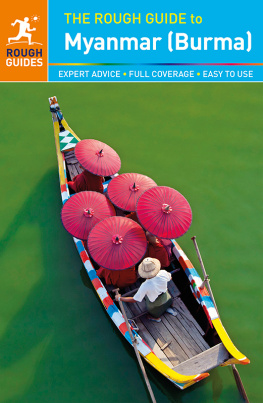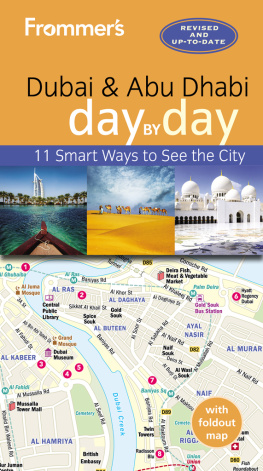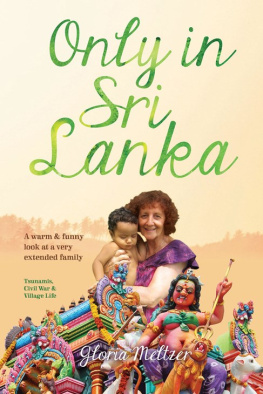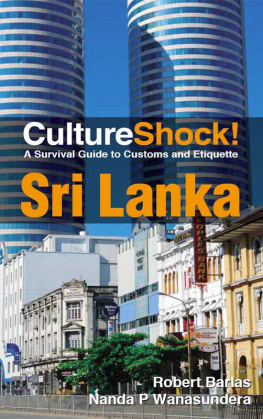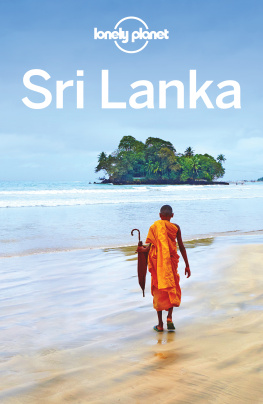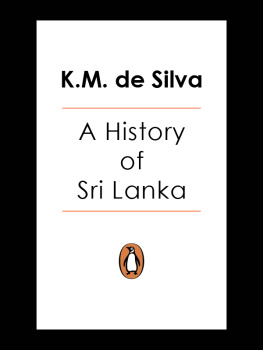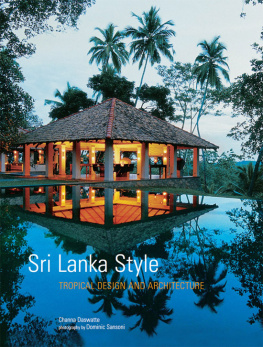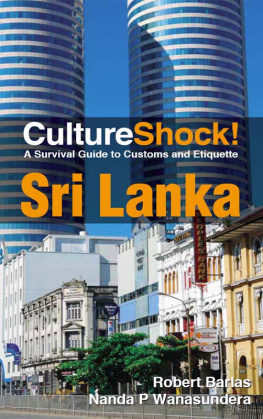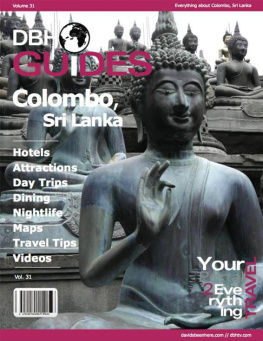Publishing information
This third edition first published October 2009 by
Rough Guides Ltd, 80 Strand, London WC2R 0RL
14 Local Shopping Centre, Panchsheel Park, New Delhi 110017, India
Distributed by the Penguin Group
Penguin Books Ltd, 80 Strand, London WC2R 0RL
Penguin Group (USA) 375 Hudson Street, NY 10014, USA
Penguin Group (Australia) 250 Camberwell Road, Camberwell,
Victoria 3124, Australia
Penguin Group (Canada) 195 Harry Walker Parkway N, Newmarket, ON, L3Y 7B3 Canada
Penguin Group (NZ) 67 Apollo Drive, Mairangi Bay, Auckland 1310, New Zealand
Cover concept by Peter Dyer.
Rough Guides
ISBN: 978-1-84836-069-3
Maps Rough Guides
No part of this e-book may be reproduced in any form without permission from the publisher except for the quotation of brief passages in reviews.
This Digital Edition published 2010. ISBN: 9781405380782
The publishers and authors have done their best to ensure the accuracy and currency of all the information in The Rough Guide to Sri Lanka, however, they can accept no responsibility for any loss, injury, or inconvenience sustained by any traveller as a result of information or advice contained in the guide.

Introduction
Introduction to Sri Lanka
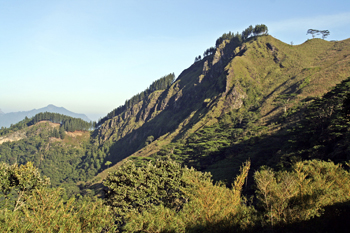
Countryside near Hunas Falls
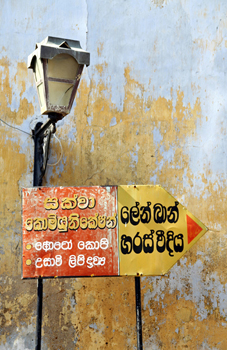
Street sign, Galle

Sri Lanka has seduced travellers for centuries. Marco Polo described it as the finest island of its size in the world, while successive waves of Indian, Arab and European traders and adventurers flocked to its palm-fringed shores, attracted by reports of rare spices, precious stones and magnificent elephants. Poised just above the equator amidst the balmy waters of the Indian Ocean, the islands legendary reputation for natural beauty and plenty has inspired an almost magical regard even in those who have never visited the place. Romantically inclined geographers, poring over maps of the island, have compared its outline to a teardrop falling from the tip of India or to the shape of a pearl (the less impressionable Dutch likened it to a leg of ham), while even the name given to the island by early Arab traders Serendib became, through the English word serendipity, a synonym for the making of happy accidents by chance.
Marco Polos bold claim still rings true. Sri Lanka packs an extraordinary variety of attractions within its modest physical dimensions, and few islands of comparable size can boast a natural environment of such beauty and diversity. Lapped by the Indian Ocean, the coast is fringed with idyllic and often refreshingly undeveloped beaches, while the interior boasts a compelling variety of landscapes ranging from wildlife-rich lowland jungles, home to extensive populations of elephants, leopards and rare endemic bird species, to the misty heights of the hill country, swathed in immaculately manicured tea plantations. Nor does the island lack in man-made attractions. Sri Lanka boasts over two thousand years of recorded history, and the remarkable achievements of the early Sinhalese civilization can still be seen in the sequence of ruined cities and great religious monuments that litter the northern plains.
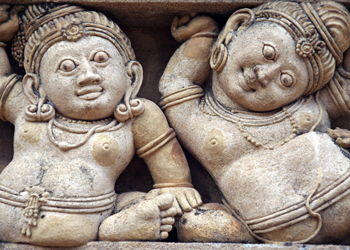
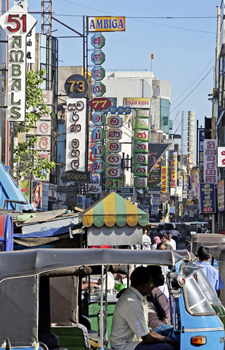
Sea Street, the Pettah, Colombo
The glories of this early Buddhist civilization continue to provide a benchmark of national identity for the islands Sinhalese population, while Sri Lankas historic role as the worlds oldest stronghold of Theravada Buddhism lends it a unique cultural unity and character which permeate life at every level. Theres more to Sri Lanka than just Buddhists, however. The islands geographical position at one of the most important staging posts of Indian Ocean trade laid it open to a uniquely wide range of influences, as generations of Arab, Malay, Portuguese, Dutch and British settlers subtly transformed its culture, architecture and cuisine, while the long-established Tamil population in the north has established a vibrant Hindu culture which owes more to India than to the Sinhalese south.
It is, however, this very diversity which has continually threatened to tear the country apart. For much of the past three decades the island has been the scene of one of Asias most pernicious civil wars, as Sri Lankan government forces and the LTTE, or Tamil Tigers, have battled it out in the islands north and east. As of early 2009, government forces had succeeded in wresting back control of northern Sri Lanka from the LTTE for the first time in a generation, though whether this spectacular military success signals a new era of long-overdue peace, or simply a change in the nature of the conflict, remains to be seen. Away from these areas, though, life goes on as normal. The tourist industry continues to develop apace, and, with much of the damage caused by the 2004 tsunami now repaired and hostilities in the north apparently coming to an end, most Sri Lankans are once again looking to the future with guarded optimism.
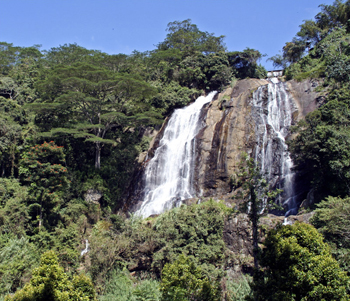
Hunas Falls
Sri Lanka packs an extraordinary variety of attractions within its modest physical dimensions
|
Fact file
Sri Lanka lies just seven degrees north of the equator. In area, its slightly smaller than Ireland and a little larger than the US state of West Virginia.
Sri Lanka achieved independence from Britain in 1948, and did away with its colonial name, Ceylon, in 1972. The country has had a functioning democracy since independence, and in 1960 elected the worlds first ever female prime minister.
Sri Lankas population of 21 million is a mosaic of different ethnic and religious groups, the two largest being the mainly Buddhist Sinhalese (69 percent), and the predominantly Hindu Tamils (17 percent); there are also considerable numbers of Christians and Muslims. Sinhala, Tamil and English are all officially recognized languages.
Sri Lankans enjoy a healthy life expectancy of 75 years and a literacy rate of 91 percent, although in recent years theyve also set some less enviable records, including one of the worlds highest female suicide rates and one of the highest incidences of death from snakebite while in 2008 the island was ranked 165 out of 173 countries in terms of press freedom, below Saudi Arabia, Somalia and Zimbabwe.
The countrys main export is clothing, followed by tea; rubber, coconuts and precious gems are also important. Revenues from tourism are vital to the national economy, while remittances from the hundreds of thousands of Sri Lankans working overseas (mainly in the Gulf) are also significant.
Where to go
All visits to Sri Lanka begin at the international airport just outside Colombo

